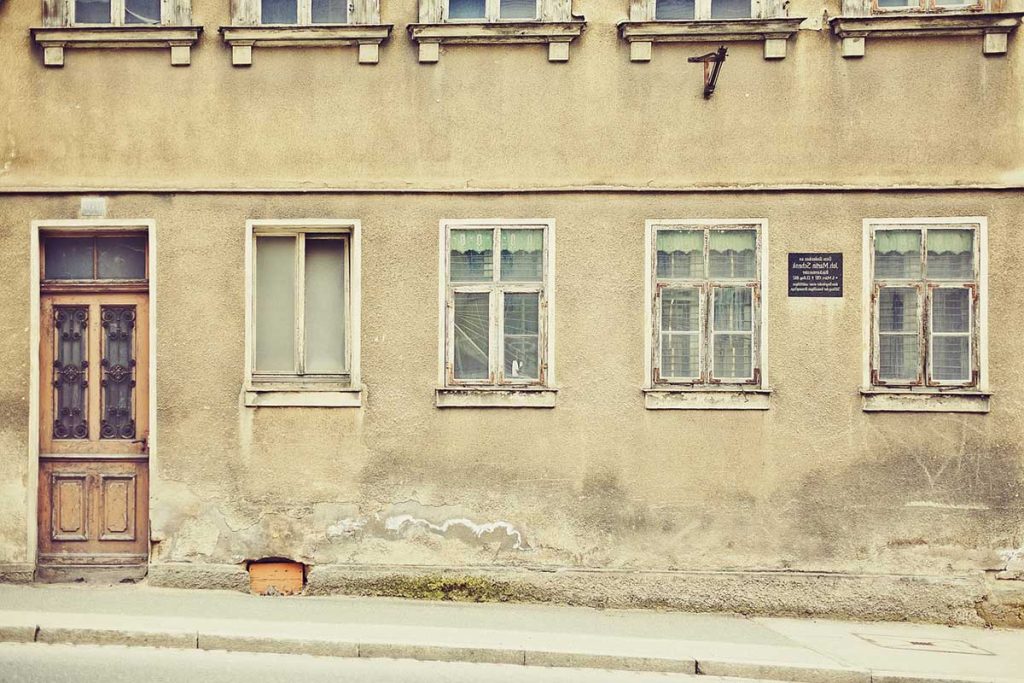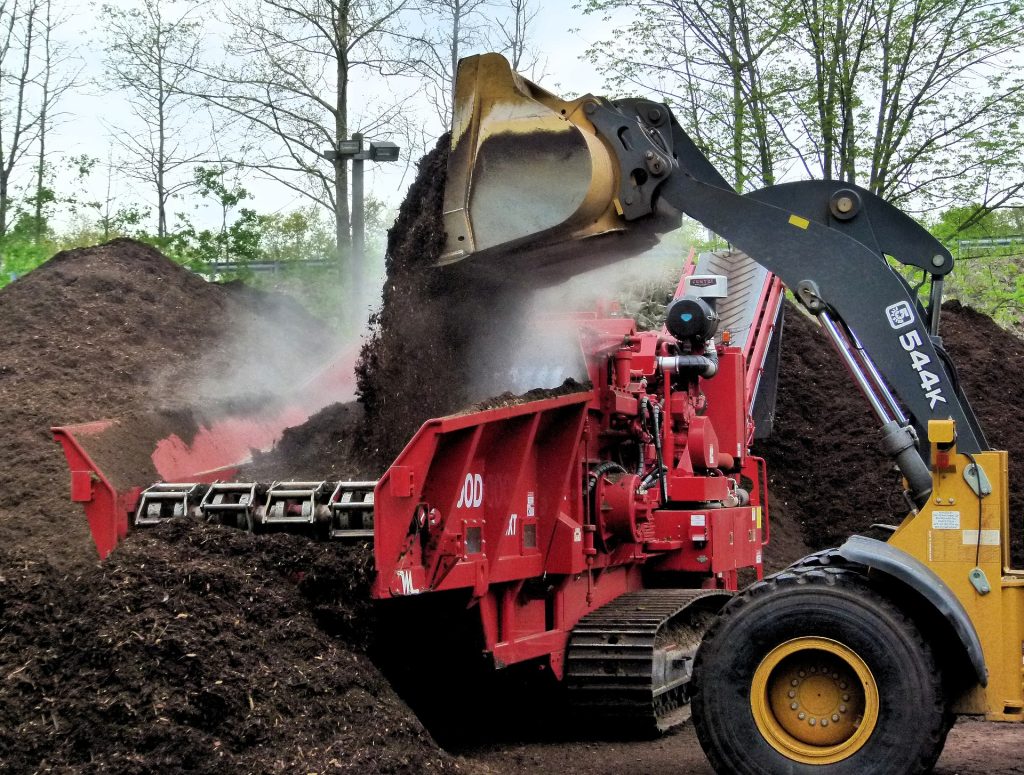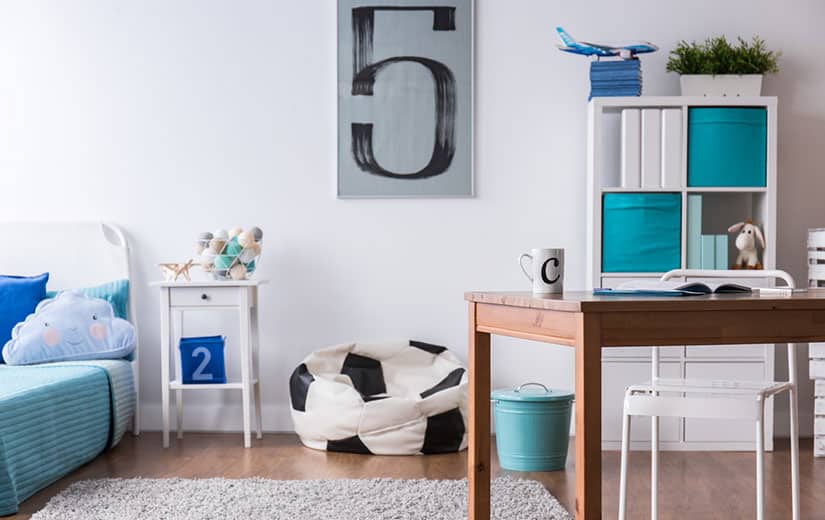Have you noticed the appearance of mold and a specter of humidity on your walls? There is a good chance that this is due to a rise in water by capillary action. The first cause of humidity in a house, these capillaries can have disastrous consequences on the building. But what are the causes? How to cure it ?
Summary
Water rising by capillary action: What is it about ?
The rising water by capillarity is a physical phenomenon which consists of the migration of water from the ground to the walls of a building. The walls that are most affected by this problem are the basement walls. Then, the upward movement of the water can lead to traces of moisture on the visible parts of the elevation walls. These traces can go up to 1.50 meters in height.
What are the causes of rising water by capillarity?
Several factors can be at the origin of a rise in humidity by capillary action. Alone or in combination, the main ones are:
A water passage under the house
According to several studies, the presence of a water passage network is the most frequent cause of capillary rise in a house.
Water saturated with mineral salts at the level of the foundations
Sulphates, chlorides and nitrates are mineral salts which weaken construction materials. Their presence in the water at the level of the foundations promotes capillary rise at the level of the walls.
A land with capillaries
Upwelling of water by capillary action can also occur when a building is built on land with capillaries. It may even worsen in the absence of a sufficiently tight level.
The presence of terrestrial magnetic charges
In contact with soil materials, the water is recharged electrically, taking into account the pressure to which the latter is subjected. This tension promotes the migration of water through the walls of the house.
What are the consequences of rising water by capillary action?
The consequences of rising water by capillarity concern not only the buildings that are exposed to it, but also their occupants.
The consequences for the building
There are several signs that attest to the presence of capillaries rising in the walls. Although they vary from region to region, they are usually:
- High ambient humidity;
- The degradation of materials at the bottom of the walls;
- The presence of saltpetre on the walls;
- The transformation of stones into powder or sand;
- The development of mosses with the appearance of fungi or mold.
These consequences actively participate in the gradual degradation of the building when adequate action is not taken very quickly.
What are the consequences on health?
The rise in humidity by capillary action generates a bacterial growth in homes. Since these bacteria evaporate into the ambient air, they are the cause of many diseases.
The rising water by capillarity also favors the development allergies due to the proliferation of dust mites. These microscopic organisms participate in the degradation of organic matter. Houses with high humidity provide them with an ideal setting for proliferation. They can be housed in bedding, textiles, plush or even carpet. Their droppings cause excruciating irritations, sneezing and chronic rhinitis that can lead to severe asthma attacks.
In addition, the rise in humidity by capillary action would also be at the origin of amplification of joint problems. Several studies tend to demonstrate this consequence. Finally, the spores and mycotoxins that come from molds and fungi can cause skin reactions.
What to do in the event of water rising by capillary action?
In the event of rising humidity by capillary action, several techniques can be considered.
Peripheral drainage of the house
This technique consists of improving drainage of water around the house. Such a process makes it possible to avoid water stagnation at the foot of the walls.
To carry out this solution, it is necessary to dig a trench to facilitate the evacuation of rainwater. This trench must be filled with pebbles and must have rigid perforated tubes.
Hydrophobic resin injection
The injection of hydrophobic resin is another technique which makes it possible to fight effectively and durably against the problem of rising damp. This is possible thanks to the creation of a waterproof barrier at the level of the walls concerned. In this way, the walls acquire adequate impermeability. Any water migration is therefore systematically blocked from the base of the wall..
For maximum efficiency, it is important to identify the source of the humidity beforehand by performing a humidity diagnosis. Based on this assessment, you can then start the actual work.
Call a professional for the treatment of rising water by capillary action
It is possible to solve the problem of capillary dampness yourself. However, this does require some knowledge of insulation, as well as the right equipment.
However, the most effective solution is to call in an expert. This one will be able, following a diagnosis, to define the most suitable technique. Thanks to his expertise and know-how, he will be able to carry out peripheral drainage or hydrophobic resin injection works with efficiency.
In addition, by using a professional (RGE craftsman) you can benefit from state aid. This is a significant advantage in saving money while effectively solving the problem.
Read also: Regulating humidity in a house: tips and solutions





